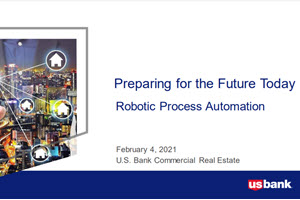Business email compromise (BEC) – also known as email account compromise (EAC) – takes advantage of the fact that so many of us use email to conduct business. In a BEC scam, criminals send an email message that appears to come from a known, trusted source making a legitimate request.
This type of scam remains one of the costliest cybercrimes for businesses of all sizes, especially common in investment banking, as fraudsters become more sophisticated and able to circumvent established preventative measures. In 2022, the FBI’s Internet Crime Complaint Center received 21,832 BEC complaints with adjusted losses over $2.7 billion. The FBI also saw a slight increase in the targeting of victims’ investment accounts instead of traditional bank accounts.1
So, why is BEC becoming such a large and looming threat? According to the FBI’s Internet Crime Report, BEC is difficult to detect as it doesn’t use malware or malicious URLs that can be analyzed with standard cyber defenses. It relies on impersonation and social engineering techniques (phishing is often a pre-cursor to a BEC attack) to trick people into interacting with the attacker.
BEC scams are popular because they are: (1) simple to execute, (2) don’t require advanced coding skills or complex malware and are (3) hard to detect with software protections.


























